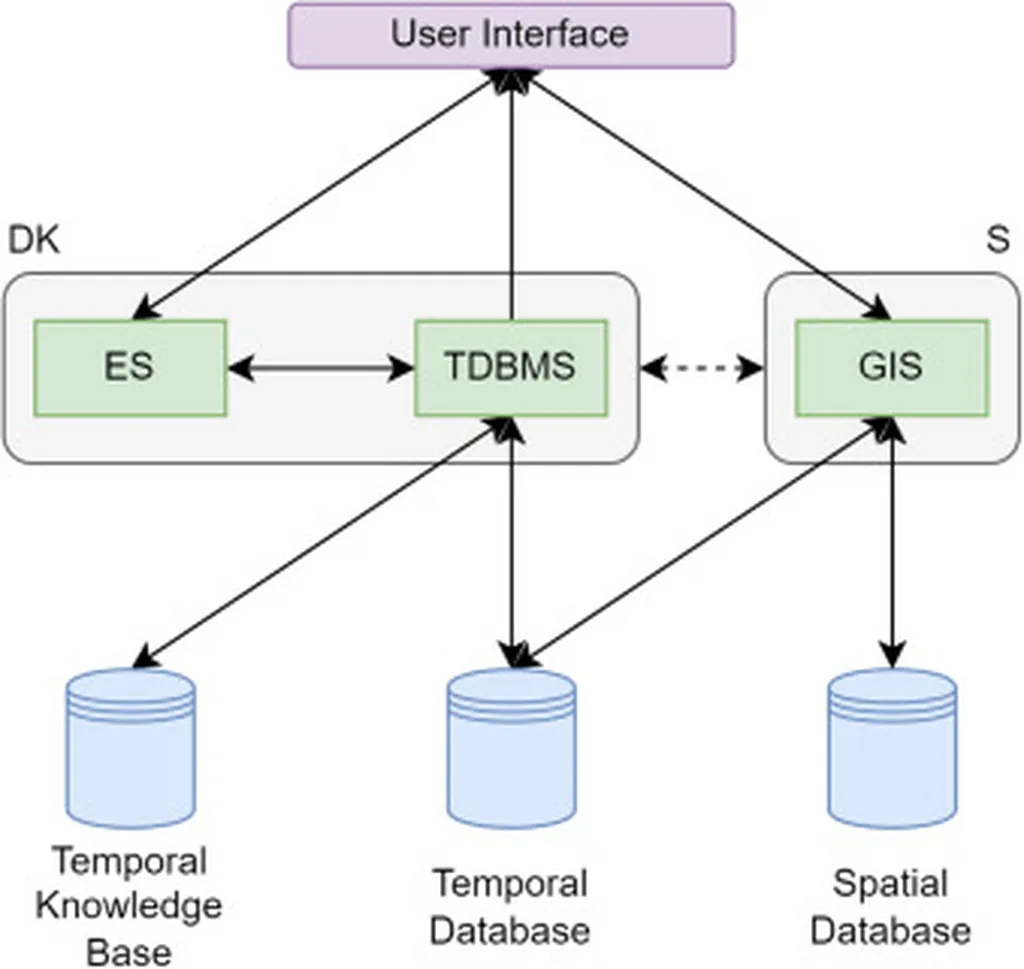In the rapidly evolving landscape of data-driven industries, managing vast amounts of spatiotemporal data has become a formidable challenge. Enter Yuanhao Su, a researcher from the College of Computer and Data Science at Fuzhou University in China, who, along with his team, has published a groundbreaking study in the *International Journal of Applied Earth Observations and Geoinformation*—translated to English as the *Journal of Applied Earth Observation and Geoinformation*. This research promises to revolutionize how industries, particularly the energy sector, handle and leverage spatiotemporal data.
Spatiotemporal data—information that combines location and time—is everywhere. From monitoring environmental changes to optimizing transportation networks and analyzing socio-economic trends, this data is invaluable. However, its dynamic nature, high dimensionality, and sheer volume present significant hurdles for storage, querying, and analysis. “The sheer scale and complexity of spatiotemporal data can overwhelm traditional systems,” Su explains. “Our research aims to provide a comprehensive framework to address these challenges effectively.”
The study systematically reviews and integrates key technologies in geospatial grid management, including subdivision, encoding, indexing, and storage. These technologies are crucial for managing large-scale spatiotemporal data efficiently. “By understanding the interrelationships between these modules, we can unlock their collaborative potential,” Su adds. This holistic approach sets the research apart from previous studies, which often focused on isolated aspects of the technology.
For the energy sector, the implications are profound. Efficient management of spatiotemporal data can enhance predictive maintenance, optimize resource allocation, and improve grid management. Imagine a future where energy companies can predict equipment failures before they occur, or where renewable energy sources are managed with unprecedented precision. This research lays the groundwork for such advancements.
The study also highlights the need for further innovation in grid indexing technologies, an area that has seen limited comprehensive discussion. By addressing this gap, Su and his team are paving the way for future developments that could transform how industries handle data.
As industries continue to grapple with the complexities of spatiotemporal data, this research offers a beacon of hope. It provides a roadmap for enhancing data management practices, ultimately driving efficiency and innovation. “Our goal is to make spatiotemporal data more accessible and actionable,” Su concludes. With this framework, the energy sector and other industries are poised to harness the full potential of their data, shaping a future where information is not just collected but truly understood and utilized.
Published in the *International Journal of Applied Earth Observations and Geoinformation*, this study is a testament to the power of interdisciplinary research and its potential to drive transformative change. As we stand on the brink of a data-driven revolution, Su’s work serves as a guiding light, illuminating the path forward.

